- Overview
- Flares & Triggers
- Causes & Risks
- Types
- Locations on the Body
- Tests & Diagnosis
- Treatment
- Living With
- Complications
- Appointment Prep
- View Full Guide
How Severe Is Your Psoriasis?

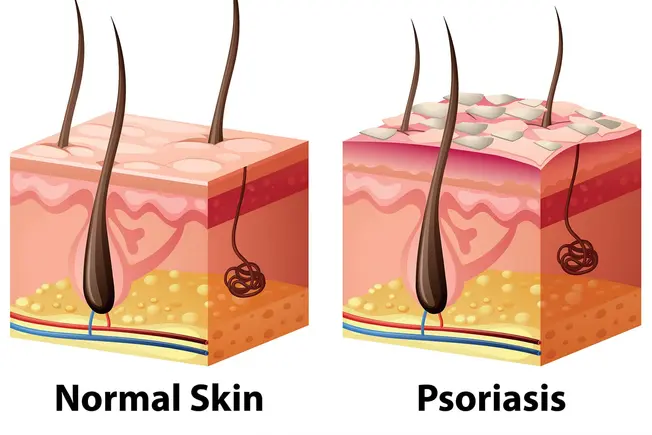
Mild, Moderate, or Severe?
A key yardstick for grading your psoriasis is how much of your skin -- called the body surface area -- it covers. But your doctor also may factor in how red, scaly, and thick your patches are, and how much the disease hurts the quality of your life. Some scales sort psoriasis into just two camps instead of three: mild and moderate-to-severe.
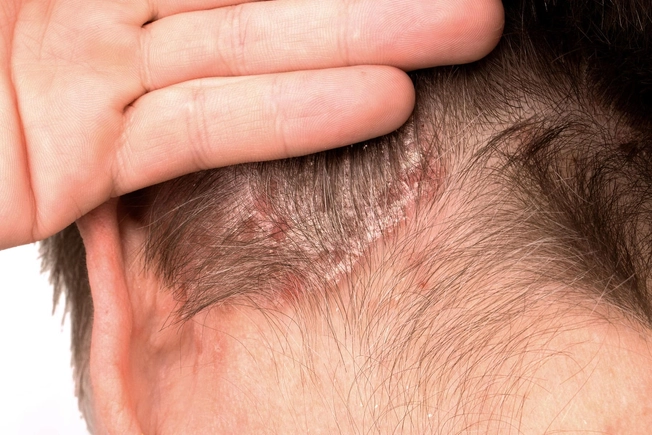
Mild
Most people with psoriasis have it to this degree. Mild cases affect less than 3% of your body (your palm is about 1%). You might have a few lesions scattered on your arms and legs. Patches on your scalp may have fine, thin scales. Topical drugs like creams or ointments are usually all you need.
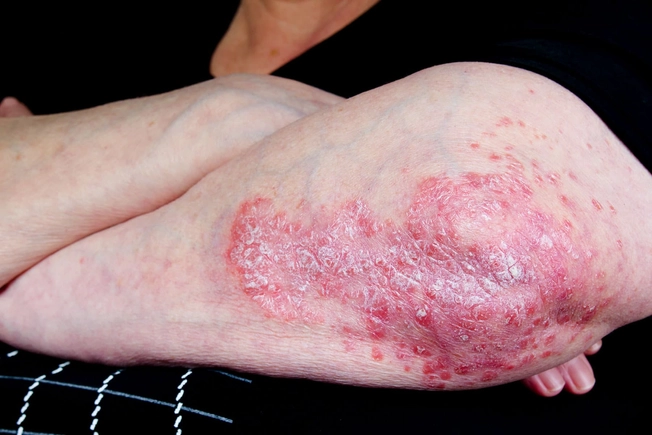
Plaque Psoriasis
This is the most common of the five main psoriasis types. As many as 9 out of 10 people with the condition have plaque psoriasis, which is often mild. Patches can appear on your elbows, knees, lower back, scalp, and palms and soles of feet. You may have dry, raised red lesions (plaques) that are capped with a scaly, silvery buildup of dead skin. Plaque psoriasis can strike anywhere, including on your penis, around your genitals, and inside your mouth.
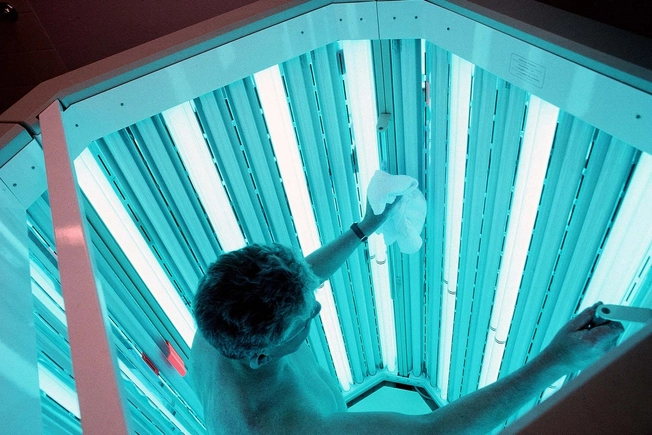
Moderate
This is when psoriasis patches cover 3% to 10% of your body. Creams and other topical meds probably won’t be enough. Instead, your doctor may recommend phototherapy -- aka light therapy -- alone or combined with drugs you take by mouth or with a shot. You’d likely report a major impact on your quality of life. About one-quarter of people with psoriasis have cases deemed moderate to severe.
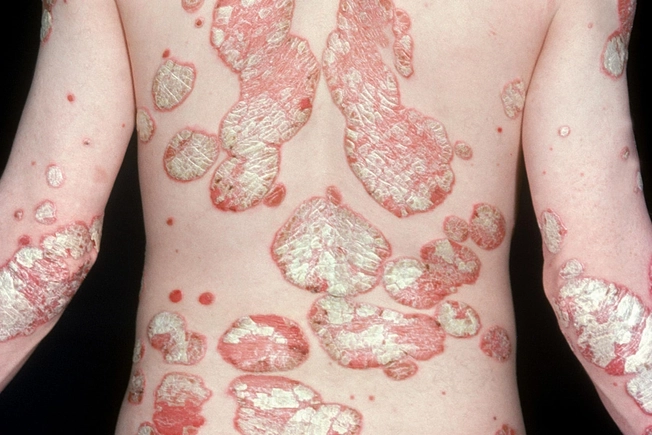
Severe
You fall into this group if your psoriasis covers more than 10% of skin. But size isn’t everything. Smaller patches in sensitive places like your palms or soles of your feet can be even more severe than larger and more widespread lesions elsewhere on your body. Fewer than 20% of people with psoriasis have the severe type. You’ll likely need the strongest treatments -- like biologic drugs and other “systemic” therapy -- that work on your whole body, not just the skin.
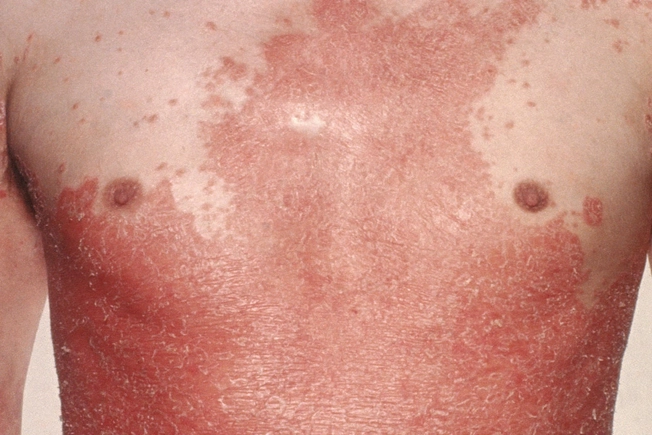
Rare but Serious
About 3% of people with psoriasis have a type called erythrodermic psoriasis. Scales and blisters called pustules can cover 75% or more of your body surface. Your skin can peel off in large, red sheets. It’s painful and itchy. It can be deadly and it needs medical care right away. Another type, called pustular psoriasis, has a version that also can be an emergency. It starts with widespread areas of reddened skin that fills up with pus within hours.
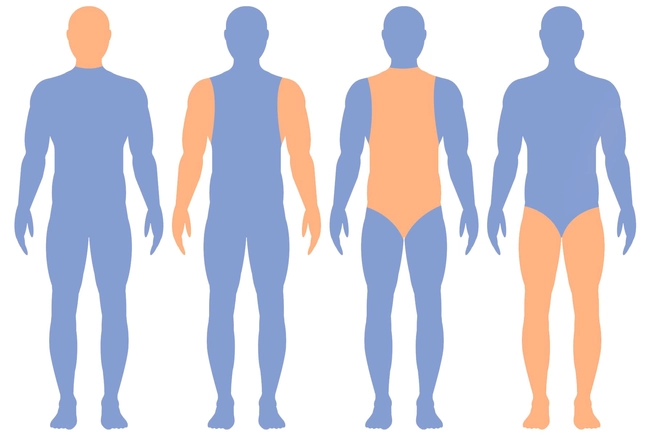
PASI Score
There are no universal standards to measure how bad your psoriasis may be. The most widely used scale for physical symptoms is the Psoriasis Area and Severity Index (PASI). It divides your body into four zones: head and neck; hands and arms; chest, stomach, and back; and legs, thighs, and buttocks. Each region is scored on a scale. Zero means none of the area is affected and 6 means all of it is. Then, your skin is graded on thickness, redness, and scaliness and the results are combined for a final severity score.
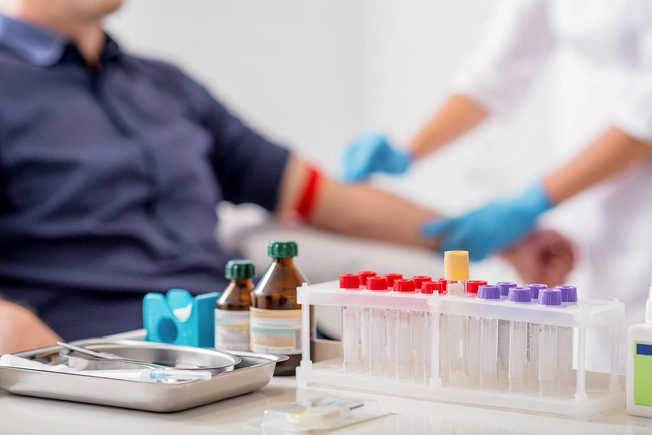
Grading Improvements
A PASI score of at least 10 means your condition is moderate-to-severe. That’s when you can qualify for clinical trials to help test new therapies. The severity index can go as high as 72, but a count of over 40 is rare. One quick way to gauge the success of a clinical trial is if you achieve ”PASI 75.” That’s when your psoriasis improves by 75% from start to finish, for example by falling from a score of 20 to 5.

Effects on Your Life
Psoriasis isn’t just a physical disease. It has a huge impact on how you feel about yourself and how you carry on day to day. So doctors are relying more and more on quality-of-life measures in their diagnosis.
The most popular instrument in this group is the Dermatology Life Quality Index. It’s often used along with the PASI. You answer simple questions like if you felt self-conscious or embarrassed about your skin over the past week, or how itchy or painful your skin is.

Quality-of-Life Tools
Different questionnaires focus on the various ways that psoriasis can leave its mark on your life. One might ask you to rate your level of stress. Another measures your anxiety or signs of depression.
Another instrument, called the Koo-Menter, helps doctors decide if your psoriasis is severe enough for whole-body treatment. Among other things, it asks about physical impact like pain, itching, and irritation as well as emotional and practical matters like how often you dress to hide your symptoms and if you feel self-conscious or angry.

More Precise Pictures
Researchers are working on better ways to measure the physical symptoms of psoriasis. That may give you and your doctor a more detailed look at the changes in your disease. One newer tool called the lattice system expands the severity levels from three to eight, from clear to very severe. It also grades the amount of affected skin in seven steps instead of the more common three.
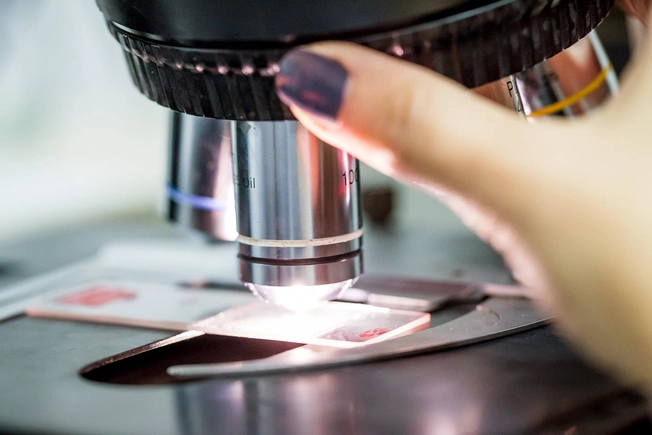
Biopsies
Even with complex grading systems, it still may be useful to get a biopsy, which takes a sample of your skin to study under a microscope. For one thing, it’s objective. Still, psoriasis doesn’t stay the same, and a sample from one part of your body may not be the same as lesions on another part. But a close look at your skin can help track tiny changes and improvement over time.